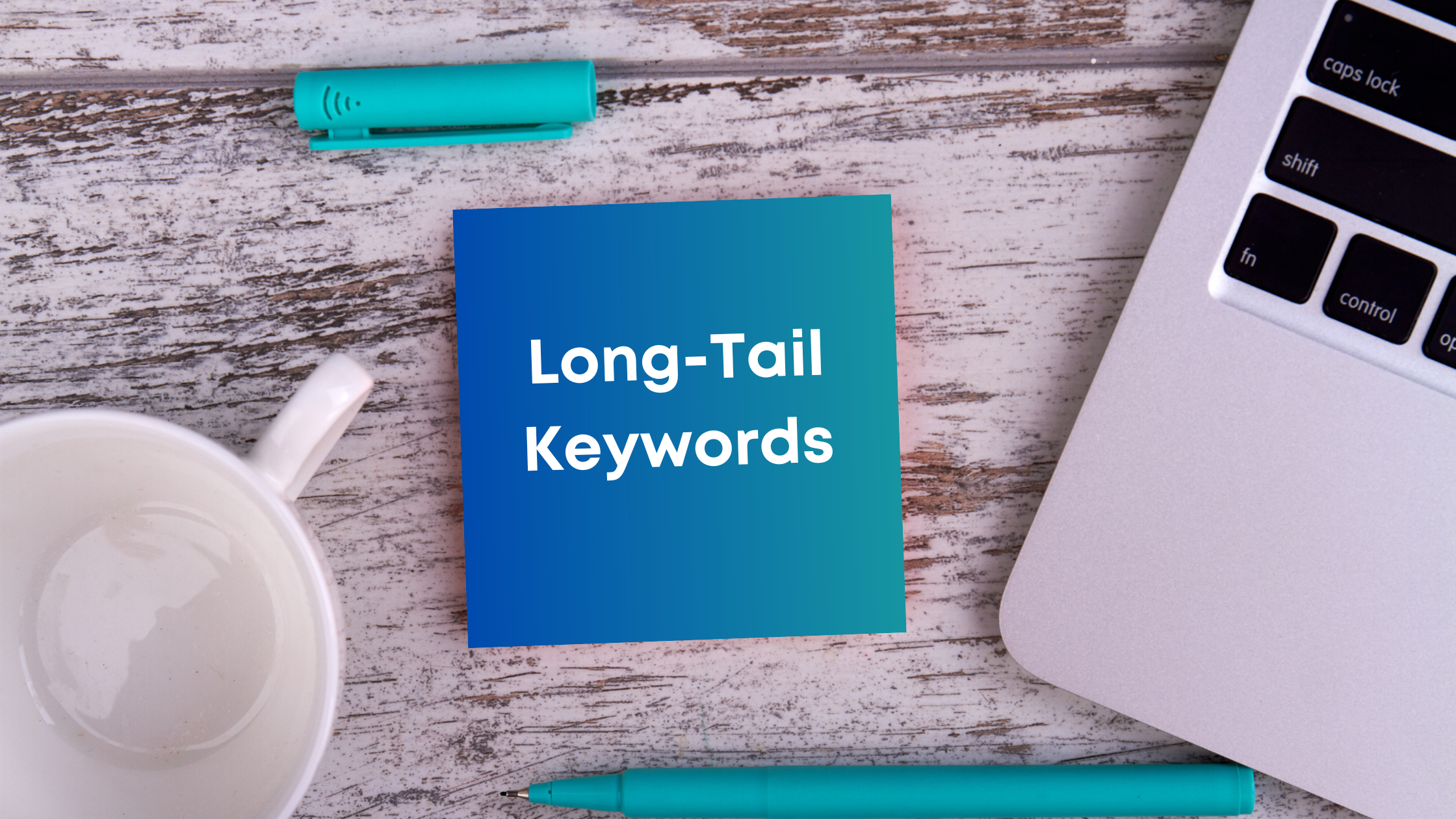Digital marketing is a powerful way to reach customers. People exchange emails, search for information, and, most importantly, buy things online. Digital marketing allows businesses to target a larger audience at a lower cost than traditional methods.
- Home
- News
The goal of any business is to generate leads that offer long-term value. If you're searching for effective ways to generate leads for your business online, check out these tactics below. Entrepreneurs, startups and even enterprise organizations
In a world of smartphones and 5G connectivity, QR codes have finally taken off in the world digital marketing. QR codes have been around since the 1990s, but their use has only recently become common practice. Governments
Are you tired of trying to rank for the two or three-tail high-competition keywords as your competitors? Long-tail keywords could be the answer. What are long-tail keywords and how do they work in search marketing? Let's find
Small businesses should always be looking to find opportunities to stay ahead of the competitive market and reach their potential customers. With the right tools, you can create an effective strategy to have a big return in
Search Engine Marketing (SEM) is a valuable method to earning the coveted top spot on Search Engine Result Pages (SERPs). However, without a solid strategy, you will soon see underwhelming campaign results and ad spend issues. Here
As one of the top digital marketing channels for businesses, social media is a critical component in your company’s success. Here's how to engage your network, drive collaboration, stay up-to-date, and share best practices. Every business should
If you don’t understand how to use keywords for search engine optimization (SEO), you’re losing business. Follow these suggestions and watch your website rise the ranks to the top of search-engine results. Keywords are words and phrases
Social media marketing is absolutely necessary for brands and businesses in order for them to stay relevant. By having a social media strategy in place, it helps businesses engage and influence their target audience. There are so
Some 3 million-plus Ukrainian citizens have been displaced in recent weeks, with some of them possessing in-demand technical skills. Onimod Global is in search of a Digital Marketing expert for two current positions. Read on to learn















